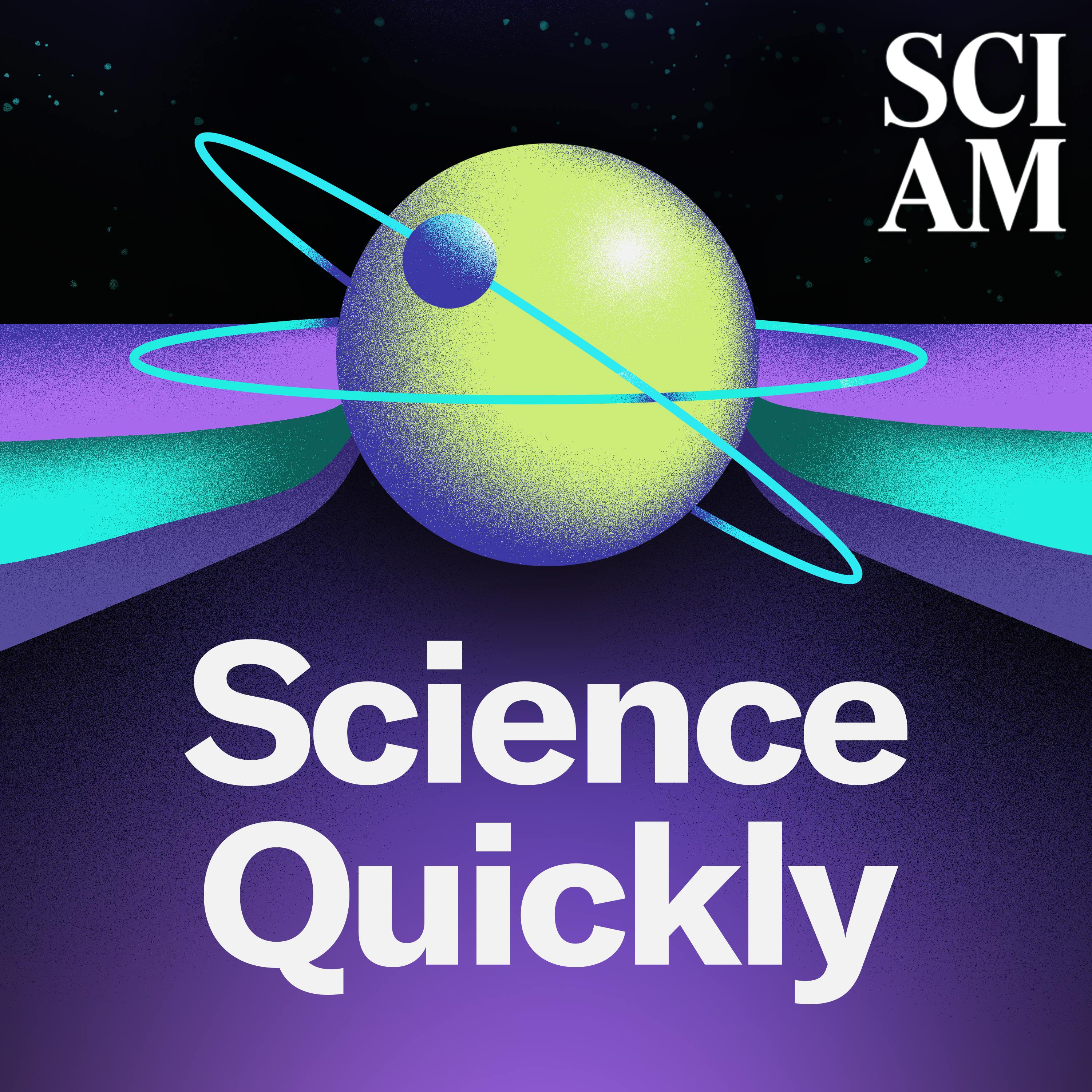
Bird Flu’s Jump to Cattle Took Dairy Farmers by Surprise (Part 2)

Science Quickly
Deep Dive
Shownotes Transcript
Dairy cattle have become an intermediary between avian influenza found in wild birds and the handful of recorded H5N1 bird flu cases in humans. Senior news reporter Meghan Bartels took a trip upstate to Cornell University’s Teaching Dairy Barn. Early last year Texas dairy farmers noticed lethargic cows producing off-color milk. One of them sent Cornell researchers a sample, which genetic sequencing determined to contain a strain of H5N1. That strain traces its roots to the H5N1 virus that emerged in China in the late 1990s—which spread around the world thanks to migrating wild birds, such as those found on the beach that associate health and medicine editor Lauren Young visited in episode one of our three-part series about bird flu. And outbreak of H5N1 has been running through poultry farms since the early 2020s. Poultry farmers have been forced to cull flocks, reinforce biosecurity protocols and change the prices of eggs as a result. Dairy farms were less prepared for the spillover and its unexpected transition into raw-milk-drinking barn cats. While pasteurization makes milk safe for human consumption, there’s no easy way to prevent the spread between herds of cattle. In the next episode, multimedia intern and producer Naeem Amarsy looks at how the virus made yet another hop—this time into humans.
Recommended reading:
How the U.S. Lost Control of Bird Flu, Setting the Stage for Another Pandemic
Bird Flu Vaccine for Cows Passes Early Test
https://www.scientificamerican.com/article/bird-flu-vaccine-for-cows-passes-early-test/)
E-mail us at [email protected]) if you have any questions, comments or ideas for stories we should cover!
Discover something new every day: subscribe) to Scientific American and sign up) for Today in Science, our daily newsletter.
Science Quickly is produced by Rachel Feltman, Fonda Mwangi, Kelso Harper, Naeem Amarsy and Jeff DelViscio. This episode was reported and hosted by Meghan Bartels. This series is reported and produced by Lauren Young, Meghan Bartels, Naeem Amarsy, Fonda Mwangi and Jeff DelViscio. Special thanks to Becka Bowyer and Kaitlyn Serrao at Cornell University and to Kimberly Lau, Dean Visser and Jeanna Bryner at Scientific American. Our show is edited by Alex Sugiura with fact-checking by Shayna Posses and Aaron Shattuck. The theme music was composed by Dominic Smith.
Learn more about your ad choices. Visit megaphone.fm/adchoices)